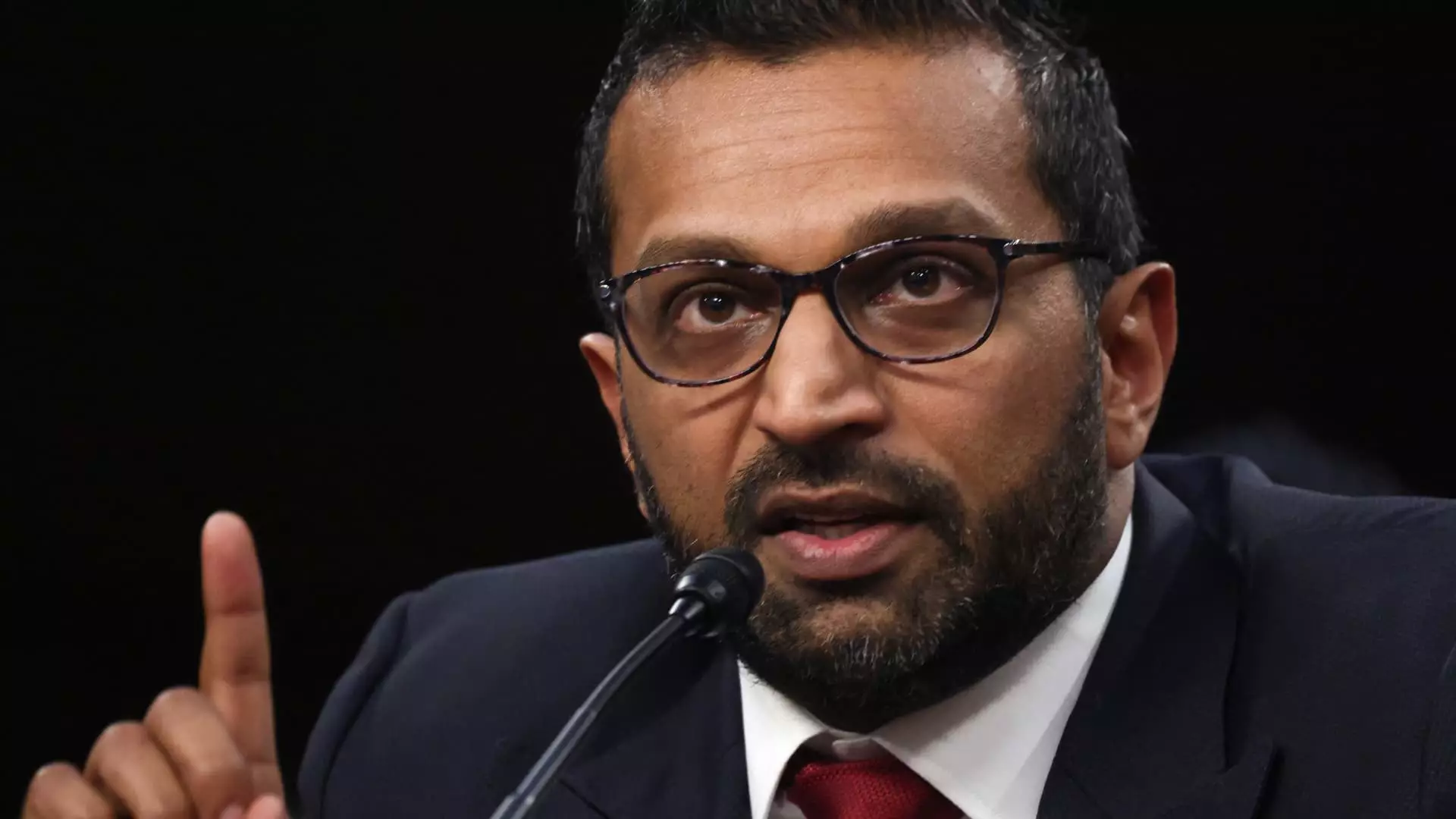The recent appointment of Kash Patel as the acting head of the Bureau of Alcohol, Tobacco, Firearms and Explosives (ATF) alongside his role as the FBI director has stirred both intrigue and concern within the landscape of U.S. law enforcement. This dual leadership raises several questions regarding policy direction, agency autonomy, and the overall effectiveness of regulatory practices concerning firearms in America. In a political climate affected by heightened tensions over gun control and civil liberties, the implications of this unusual arrangement are profound and multifaceted.
Patel’s Controversial Background and Its Implications
Kash Patel, known for his unwavering loyalty to former President Donald Trump, embodies a contentious figure in contemporary American politics. His recent confirmation as FBI director was marked by skepticism from Democratic senators who feared that his presidency-era allegiances could lead to a significant restructuring of the FBI, potentially compromising its integrity. As he transitions into his role overseeing the ATF—an agency that has long garnered scrutiny from conservative factions—the dynamics of both organizations may change dramatically under his stewardship.
The ATF operates with approximately 5,500 employees and possesses a critical mandate of enforcing laws that govern firearms, explosives, and arson. The agency’s contentious history, characterized by its regulatory actions over gun ownership, has long made it a target for conservative criticism. Concerns arise when Patel’s leadership could skew the agency’s operations towards a more lenient interpretation of gun ownership laws, possibly compromising public safety measures designed to curb gun violence.
The timing of Patel’s appointment as ATF chief is notable. Just days prior, Attorney General Pam Bondi dismissed Pamela Hicks, the agency’s chief counsel, under contentious circumstances that highlights the ongoing tensions within the agency. Bondi publicly criticized the ATF for alleged targeting of law-abiding gun owners—a statement that resonated with many in pro-gun circles. Hicks has advocated for responsible gun regulation throughout her distinguished career, making her ousting a sign of shifting political tides that could impact regulatory frameworks surrounding firearms.
While conservative groups lauded Patel’s confirmation as a victory for Second Amendment rights, gun safety advocates are wary of potential negative consequences. Organizations like Brady have labeled him a “known gun rights extremist,” suggesting that his positions could undermine efforts to address gun violence. His simultaneous leadership over both the FBI and ATF creates a complex scenario that blurs the lines between strict law enforcement and advocacy for gun rights.
Patel’s dual role raises significant discourse surrounding the future of gun management in the United States. The ATF, under the Biden administration, has embarked on initiatives aimed at tightening regulations on “ghost guns” and mandating background checks for a wider array of firearm sales. These steps were seen as crucial by many public safety advocates striving to reduce gun-related violence. However, if Patel adopts a model that aligns more closely with Trump’s priorities—such as reviewing existing regulations for perceived threats to constitutional rights—regulatory advancements could be stalled or reversed.
Moreover, the feasibility of effective cross-agency communication and collaboration between the FBI and ATF is uncertain. Each agency possesses distinct missions, yet the overlapping leadership roles could lead to conflicts in strategic focus and operational effectiveness. The potential for Patel to prioritize partisan interests over public safety raises substantial concerns about the capacity of both agencies to function effectively amidst growing political pressures.
The appointment of Kash Patel as the acting head of the ATF alongside his role as FBI director marks a significant turning point in U.S. law enforcement, illuminating the long-standing rifts surrounding firearms regulation and political ideologies. As agencies navigate the charged atmosphere of gun rights and regulations, the leadership dynamics introduced by Patel could provoke substantial changes, either diminishing or enhancing the effectiveness of the ATF and FBI in protecting public interests. The next steps taken by these agencies will likely have far-reaching consequences for Americans’ safety and rights in a landscape increasingly defined by complexity and controversy.

